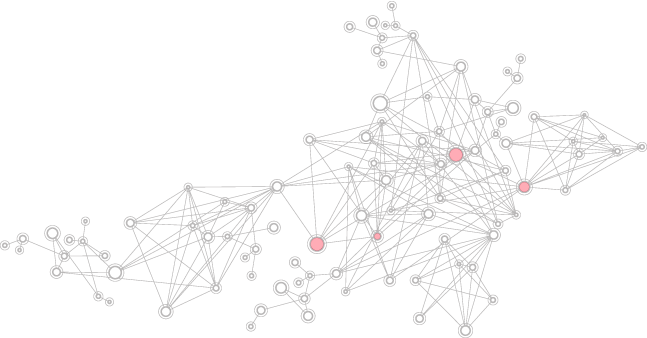Smart Energy District

Smart Energy District is a 4-years flagship applied research project funded by the university of applied sciences, western Switzerland, HES-SO (1.5 M CHF). The project targets the energy market and involves four schools of the HES-SO: Fribourg, Valais, Yverdon and Geneva. Several private and public institutions are also involved as “support” partners: technology providers, communes, utility providers.
The need for implementing an energy transition in favour of renewable and clean energy has become urgent and obvious. Many governments mention this issue as one of their top priorities and numerous programs, such as the Swiss “Energy Strategy 2050”, have been developed to maintain high standards of supply based on renewable energy sources.
Besides, new forms of electricity production and consumption are disrupting the market. Renewable energy sources (solar and wind) are intermittent and distributed in vast numbers of small-scale decentralised energy producers, which affects grid management fundamentally. The decentralised production of electricity indeed permits self-consumption of electricity (prosumer) and creation of peer-to-peer networks (microgrids). In parallel, consumption scenarios are changing as fossil fuels are being replaced by electricity in a series of domains (electric vehicles, batteries in buildings, etc.).
The Goal of the “Smart Energy District” project is twofold:
- To have several equipped and functional pilot sites in the form of a “Smart Energy District” serving as a test and demonstration platform for innovative, pragmatic solutions that can be implemented in the future by industrial partners.
- To Create and maintain a digital twin of the pilot site, enabling tests to be carried out in a “virtual” environment before deploying the solutions in the Smart Energy District platform.
The “Smart Energy District” to set up is a district where :
- it is possible to access consumption information (monitoring) and control flexible components (EVs, batteries, etc.) to optimally manage the grid,
- the environment offers a high degree of standardisation and inter-compatibility, enabling various players (DSO, service provider, local authorities, etc.) to deploy their services using the same infrastructure and linking sectors (e.g. networks, heating and mobility).



